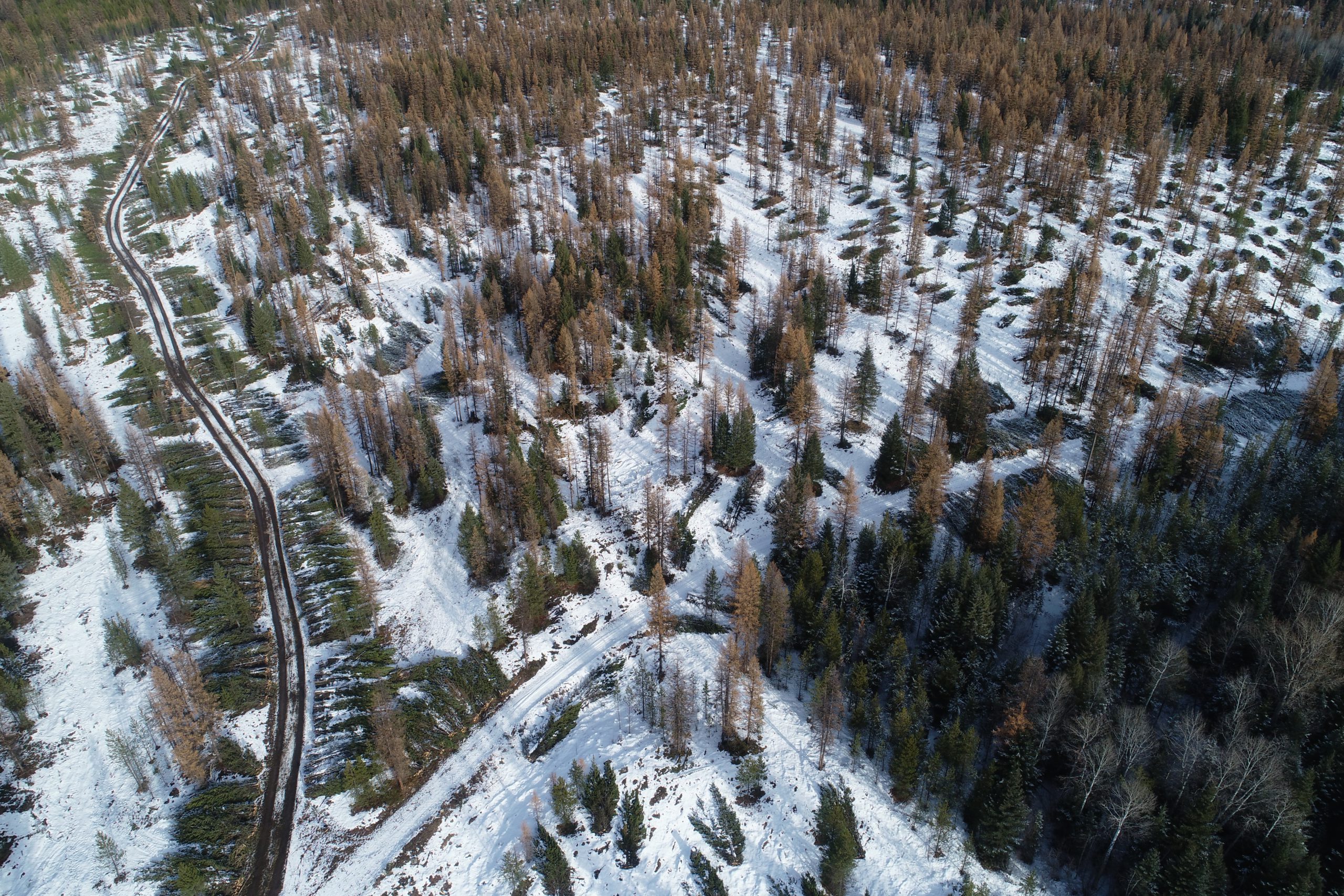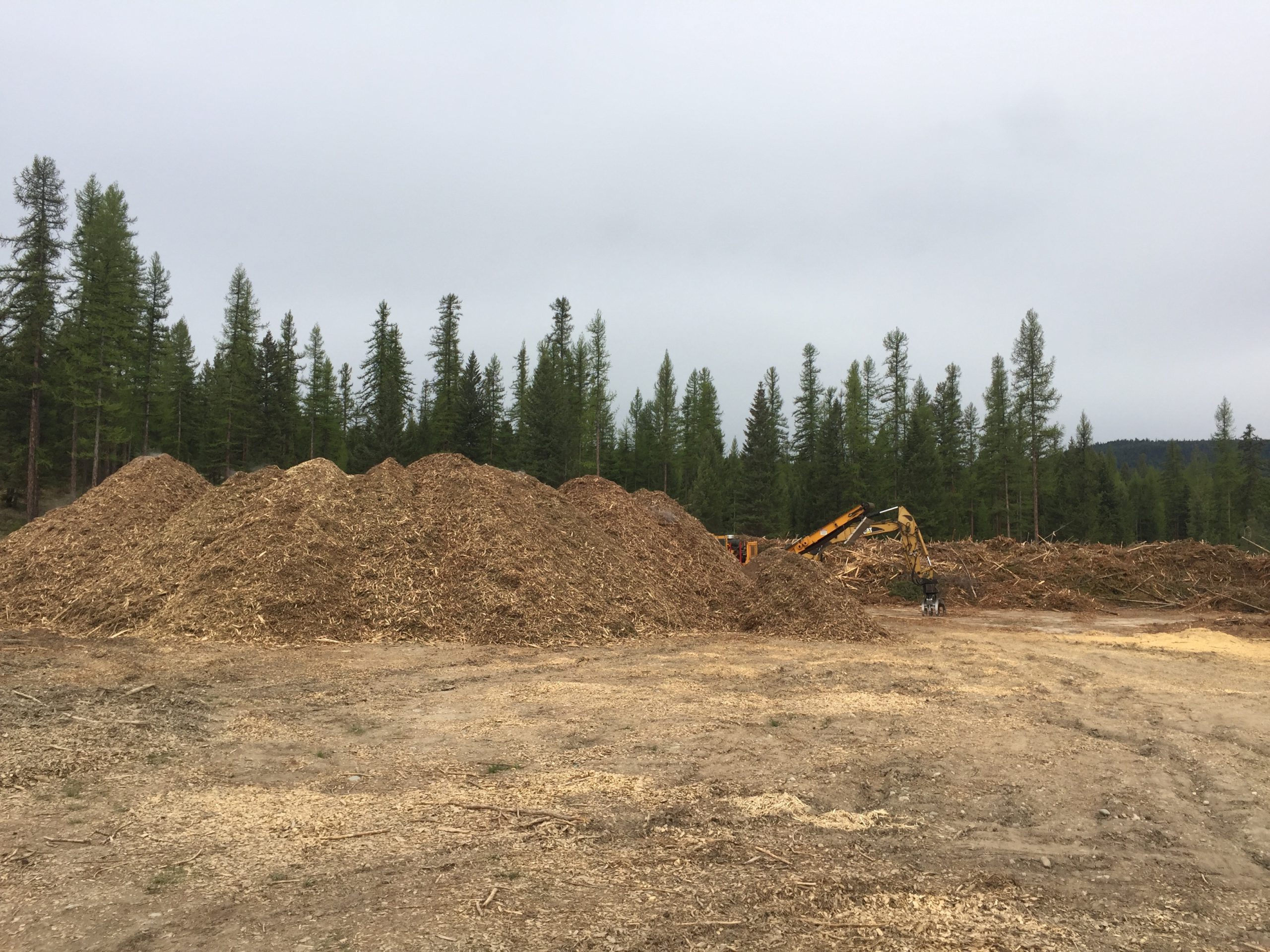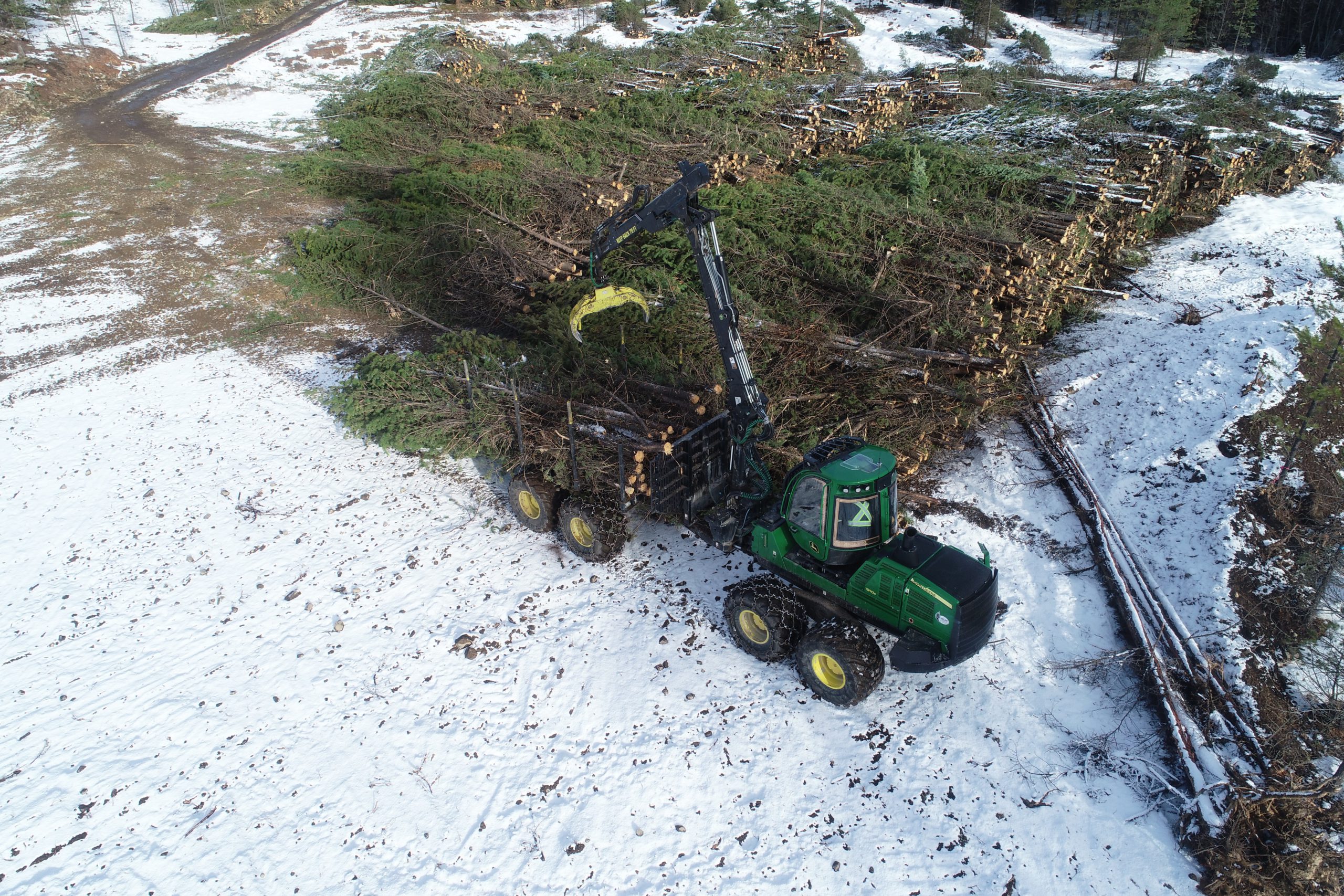More than 300 hectares of forested land has been treated on the City of Cranbrook’s southern municipal boundary, reducing the risk of any approaching wildfires in the future.
The project was funded from more than $1-million from the B.C. Government’s Wildfire Risk Reduction Program (WRR).
“This is an issue that has taken years of lobbying, meetings and hard work. We are finally seeing progress with respect to the fuel problem, and I have to thank our partners in government and industry for that,” said Mayor Lee Pratt. “It’s an issue that I have spoken to multiple Ministers about, and to see the great work that has been completed certainly helps me sleep at night.”

Pratt is taking the time to thank the individuals and organizations responsible for their work with the WRR to treat the southern portion of Cranbrook’s forested lands.
For several years, the City of Cranbrook has been concerned about the risk of wildfire. However, securing the pilot project with the Ministry of Forest, Land and Natural Resource Operations and Rural Development (MFLNRORD) and Paper Excellence to treat and thin the forested areas, the City feels progress has been made.
“There has been a lot of really beneficial work completed in our surrounding forests over the last few years, and it’s important that the public realizes how valuable this is to our community.” said Scott Driver, Director of Cranbrook Fire & Emergency Services. “Our drinking water, our trail networks, our community’s identity all depends on having a healthy forest ecosystem.”
“We have had to adjust the way we look at forest health, and to do what we need to recognize the values that harvest opportunities can return to our landscape,” added Drive. “We are seeing vast tracts of land south of the City being treated under the WRR Program at present and hopefully this will roll into a maintenance model for the future.”
The hope is that the treatments can be a recurring source of income for Paper Excellence and other contractors, helping mitigate wildfire risk for Cranbrook, while creating jobs and economic activity.
“This is a significant change to the traditional model, and it has proven to be beneficial both for the landscape and our economy,” added Pratt. “We are really seeing value added forest practices, and that’s good for everyone in the community.”





